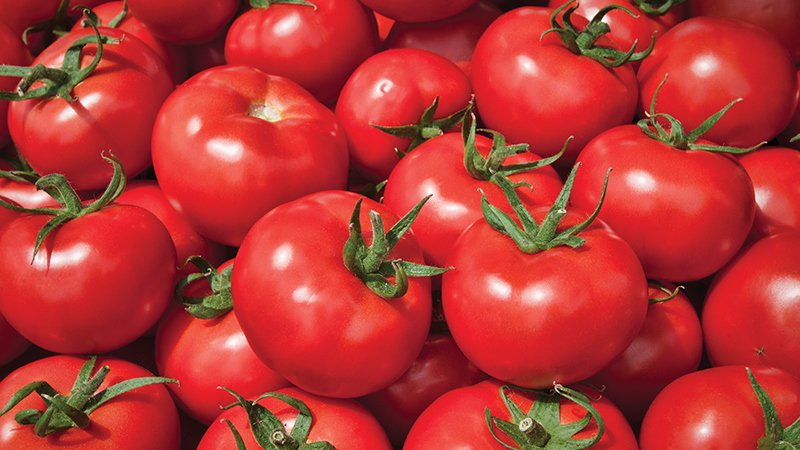Building Better BMPs For Florida Citrus

As 2012 comes to a close, a new best management practices (BMP) manual for Florida citrus has been released by the Florida Department of Agriculture and Consumer Services (FDACS). The new manual unifies the regional approaches that had been employed in earlier BMP rules.
BMPs are established through a collaboration of grower stakeholders, allied industry, UF/IFAS, FDACS, Florida Department of Environmental Protection, water management districts, and other agricultural associations. There are currently BMP manuals covering a wide range of agricultural production in the state including livestock, specialty crops, and landscape and nursery production.
Re-Enroll On The Ridge
“The most important change with the new manual will be how this will apply to growers on the Ridge,” says Brian Boman, BMP Coordinator for UF/IFAS. “In the past, growers on the Ridge simply signed a notice of intent that they would follow BMP recommendations. The way the new rule reads, growers on the Ridge will have to re-enroll into the program.”
Growers in the Peace River, Gulf, and Indian River regions will be grandfathered in and not required to re-enroll. According to Bill Bartnick, environmental administrator for FDACS, roughly 124,000 acres of citrus on the Ridge will need re-up in the program. “The growers on the Ridge have to re-enroll because the new statewide manual is more comprehensive than the BMPs specified by the 2002 Ridge Citrus Rule, which focused primarily on nitrogen fertilizer management,” he says.
Proactive Approach To Water
In 1998, citrus growers in the Indian River area took the initiative and organized the first agricultural BMP manual in the state. It was a great example of a private/public partnership designed to address water quality issues. The objective was to identify practices that have the potential to improve water quality and reduce the quantity of runoff water draining into the St. Lucie Estuary and Indian River Lagoon.
Following the Indian River manual, the Ridge Citrus Rule was adopted in 2002, followed by BMP manuals for Peace River in 2005, and Gulf in 2007. The effort to consolidate these manuals began in 2009 and the new BMPs address statewide and region-specific practices for water quality and water conservation.
According to Bartnick, these actions are helping to preserve water resources. “Since 1998, citrus growers have led the way in converting their irrigation to more efficient (low-volume) systems, and in embracing new nutrient management strategies that include the use of variable rate fertilizer spreaders and more precise fertigation,” he says. “All of these actions are BMPs.”
Boman notes that enrollment in citrus BMPs is already high, but there are still growers out there that need to join, particularly some of the smaller farms or those run by absentee land owners.
BMP Benefits
For those holding out on participating in the BMP program, here are a few benefits of the program:
- Some BMPs increase production efficiency and reduce costs.
- Growers will receive technical assistance when implementing BMPs on the farm.
- There are cost-share opportunities to help growers implement certain BMPs.
- Growers have a presumption of compliance with state water quality standards for the pollutants addressed by the BMPs. Even if EPA’s controversial numeric nutrient criteria becomes part of state standards, producers who enroll in and implement the BMPs still have the presumption of compliance.










